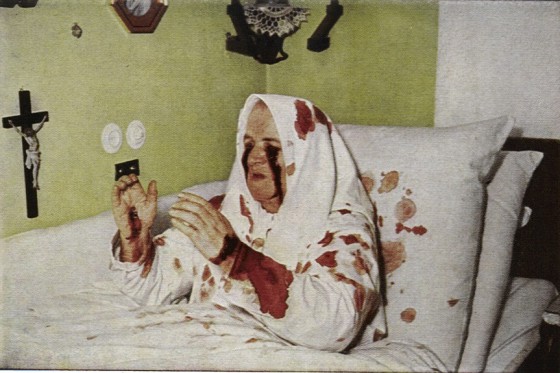
Like marijuana production and consumption, porn’s current woes stem from attempts to regulate it, and you can’t regulate something that isn’t legal already. A new study by USC sociologist Chauntelle Tibbals, Ph.D., provides an accessible thumbnail sketch of legal cases that strengthened porn’s legality but seemed to do little to minimize the societal stigma of participating in it.
“When Law Moves Quicker Than Culture: Key Jurisprudential Regulations Shaping the US Adult Content Production Industry” [2013: The Scholar: St Mary’s Law Review on Race and Social Justice] gives readers a well-footnoted rundown of laws iconic to First Amendment fans (which should be all Americans), and particularly to adult entertainment itself.
There’s the Comstock Act of 1873, which banned the distribution of things lewd and obscene through the U.S Mail, and which has been invoked in just about every obscenity trial in the past 30 years, including those against Max Hardcore, Extreme Associates, and John Stagliano.
Then, a full century later, there’s “Miller v. California,” which gave us the “community standards” approach to defining obscenity, and which has resulted in sting operations against pornographers being conducted in places most likely to be shocked that a speculum can be used that way.

“Based on the Cambria List alone,” Tibbals writes, “it is obvious that obscenity is a subjective attribute.”
[Tibbals notes to me that there is some dissent in the adult community—especially given the abundance of Cambria List-proscripted items being filmed every day—that the list was ever taken seriously. “The fact remains that the list is a key moment in a movement,” she says, “be that movement informal and at times disorganized, slow going, whatever – within the industry.”]
So if porn’e legality isn’t in question—only its parameters—why is there still a stigma to performing, consuming, or creating porn?
“Legal proceedings cleared the way for adult content production and industry development, not legislation or voter sentiment,” Tibbals writes. “In fact, although an assessment of every U.S. person’s stance on pornography cannot be determined, the jurisprudence discussed in this essay seemed to occur in spite of widely varied and hotly contested ideologies about adult content production.”
Tibbals argues that legal action has actually outpaced voter sentiment. It makes me think of the “wrong side of history” defense being used for hot-button social issues like marriage equality: opponents are advised that the country is moving forward—would they like to be on the wrong side of history?
The 47-page document winds through many of the major legal and social arguments—some of which are the same—about pornography, alighting on the Reagan-era doorstop Meese Commission report and the strange case of Nora Kuzma, aka Traci Lords.
But in light of more recent activism by coalitions of big studios, their attorneys, and the Free Speech Coalition, Tibbals notes that
Members of the adult industry community were only able to establish legal footholds within the context of fighting back when attacked
If that is true, how many more freedoms—from social stigma or prosecution—might the adult industry enjoy if it fought for these rights without being attacked first?
Read “When Law Moves Quicker Than Culture: Key Jurisprudential Regulations Shaping the US Adult Content Production Industry” here
Previously on Porn Valley Observed: Rape, Choice, Condoms, And Casinos at Stanford Law
See also: Chauntelle Tibbals’ Porn Valley Vantage

Leave a Reply